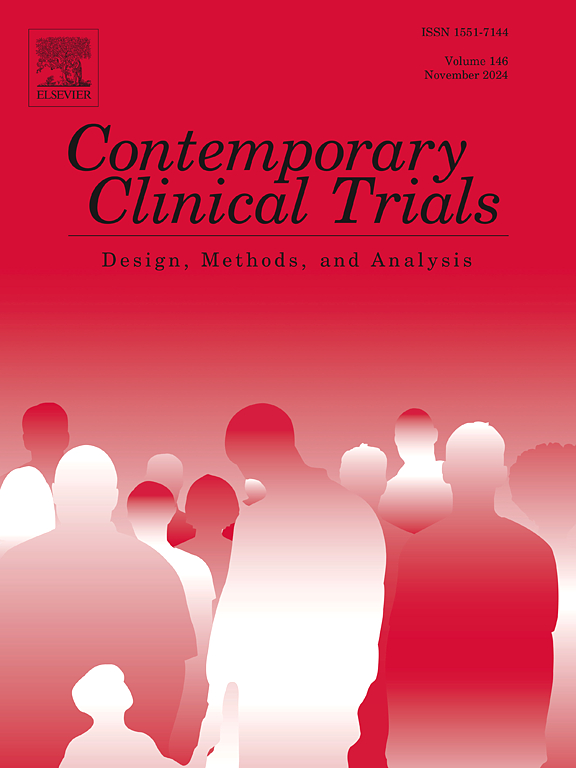Subgroup differences in calcium metabolism in response to dietary sodium: Rationale, design, and methods of a randomized, controlled, crossover dietary intervention in healthy adults
IF 1.9
3区 医学
Q3 MEDICINE, RESEARCH & EXPERIMENTAL
引用次数: 0
Abstract
The growing interest in personalized nutrition stems from a deeper understanding of subgroup differences in response to environmental factors, including diet. Preliminary evidence in Black and White adolescent girls showed that Black girls retain more calcium and excrete more sodium compared to White girls on a high sodium diet. However, little is known about calcium absorption efficiency across other races or age groups. This report outlines the rationale and design of a planned randomized controlled trial aimed at investigating calcium absorption and calcium and sodium excretion in response to diets high (typical Western diet) and low (recommended) in sodium in Black, White, Hispanic, and Asian adults. It is hypothesized that fractional calcium absorption and urinary sodium excretion will vary by subgroup, with Blacks predicted to have the highest rates and Whites the lowest, and intermediate responses in Hispanics and Asians. Participants will undergo two 2-day dietary intervention arms, with biospecimen collection following each arm. Primary outcomes include fractional calcium absorption and urinary calcium excretion, and secondary outcomes comprise urinary sodium excretion and blood pressure. Findings from this study could advance precision nutrition by informing strategies to alleviate osteoporosis and cardiovascular diseases risks across different race/ethnicity groups.
膳食钠对钙代谢的亚组差异:健康成人随机、对照、交叉饮食干预的基本原理、设计和方法
对个性化营养日益增长的兴趣源于对包括饮食在内的环境因素的亚组差异的更深入理解。对黑人和白人青春期女孩的初步研究表明,与高钠饮食的白人女孩相比,黑人女孩保留了更多的钙,排出了更多的钠。然而,对其他种族或年龄组的钙吸收效率知之甚少。本报告概述了一项计划中的随机对照试验的基本原理和设计,旨在调查黑人、白人、西班牙裔和亚洲成年人在高钠饮食(典型的西方饮食)和低钠饮食(推荐)下钙吸收和钙钠排泄的反应。据推测,部分钙吸收和尿钠排泄会因亚组而异,黑人的比例最高,白人最低,西班牙裔和亚洲人的反应居中。参与者将接受两个为期2天的饮食干预组,每个组之后采集生物标本。主要结局包括分数钙吸收和尿钙排泄,次要结局包括尿钠排泄和血压。本研究的发现可以通过为不同种族/民族的骨质疏松症和心血管疾病风险的缓解策略提供信息,从而推进精确营养。
本文章由计算机程序翻译,如有差异,请以英文原文为准。
求助全文
约1分钟内获得全文
求助全文
来源期刊
CiteScore
3.70
自引率
4.50%
发文量
281
审稿时长
44 days
期刊介绍:
Contemporary Clinical Trials is an international peer reviewed journal that publishes manuscripts pertaining to all aspects of clinical trials, including, but not limited to, design, conduct, analysis, regulation and ethics. Manuscripts submitted should appeal to a readership drawn from disciplines including medicine, biostatistics, epidemiology, computer science, management science, behavioural science, pharmaceutical science, and bioethics. Full-length papers and short communications not exceeding 1,500 words, as well as systemic reviews of clinical trials and methodologies will be published. Perspectives/commentaries on current issues and the impact of clinical trials on the practice of medicine and health policy are also welcome.

 求助内容:
求助内容: 应助结果提醒方式:
应助结果提醒方式:


